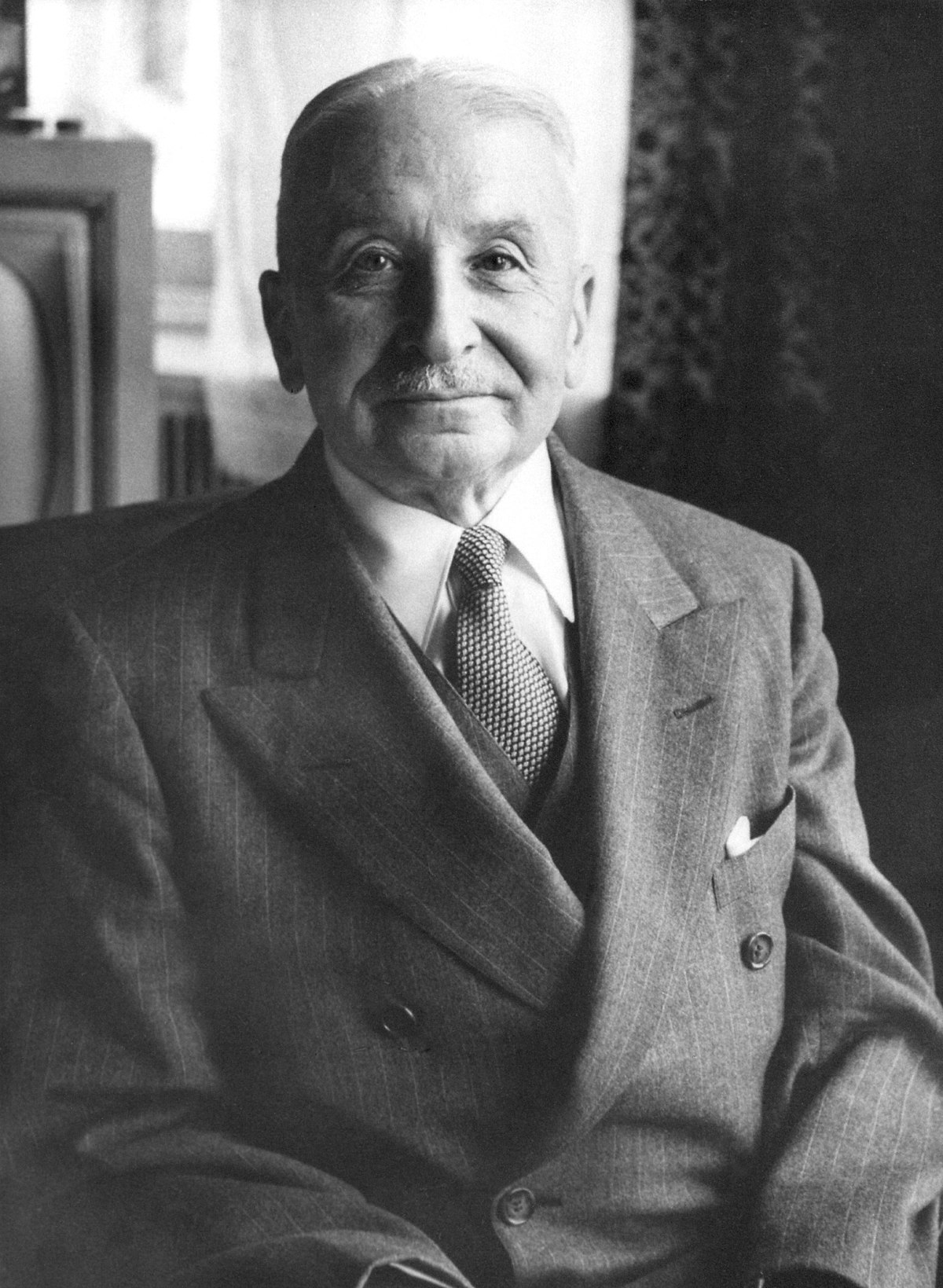My wife and I went for a walk along the sea today, and we noticed that hardly anyone wears the mask anymore even though flu season is on its way. It appears that everyone but the most wilfully ignorant have figured out by now that we've been subjected to an experiment. Some seriously dark magic was thrown at us in an effort to make us do things against our best interest.
However, the experiment was cut short for reasons that remain obscure. Those behind the push to subjugate us did an about face at the very moment when victory was within their reach. They had everything worked out. Businesses were implementing segregation procedures based on valid health certificates, and many countries had concentration camps for the unvaccinated up and running. Why didn't they finish what they started when they had their chance?
Some may say that they didn't push through with it because there was no immediate need to do so. The experiment was wildly successful as it was, and proof that they can subjugate us whenever they find it convenient. People have become soulless beings with no will and no foresight, and hence easy to control. That's all they needed to know.
But this isn't how social experiments work. It's impossible to run a social experiment twice with the same outcome because humans have memory and intelligence.
We now know that a sudden push to do something for the common good is unlikely to be in our best interest. We see otherwise healthy people pass out or drop dead for no good reasons. There's an excess of deaths in the population, and it's sufficiently big for everybody to notice. Just about everybody knows at least one person that have fallen mysteriously ill since the experiment was carried out, and our faith in the political and scientific establishment has vaned substantially as a consequence.
If an experiment like the one we've just been through was to be executed today, the compliance will not be the same. We won't see close to 90% of everybody allow themselves to be injected with something that's neither well tested nor proven to do anything but reduce the symptoms of a relative benign illness. People are not very smart, but they're not that stupid either.
Ludwig von Mises pointed this out a hundred years ago. While we can look at society as a fairly uniform and unintelligent whole, society is in the final analysis nothing but individuals acting according to their best judgements. Society as such doesn't act. All action is done by individuals, and they have both memory and intelligence. When an experiment is executed. The memory and intelligence kicks in, and the outcome ends up different from the first run.
In the case of an experiment very much to the detriment of everyone involved, we must expect the outcome of a second run to be widely different from the first run, and this is especially true if we see a general awakening. If people start realizing the power of will and foresight, it's game over for the political elite and their plan to put us all in chains.
 |
Ludwig von Mises |




















